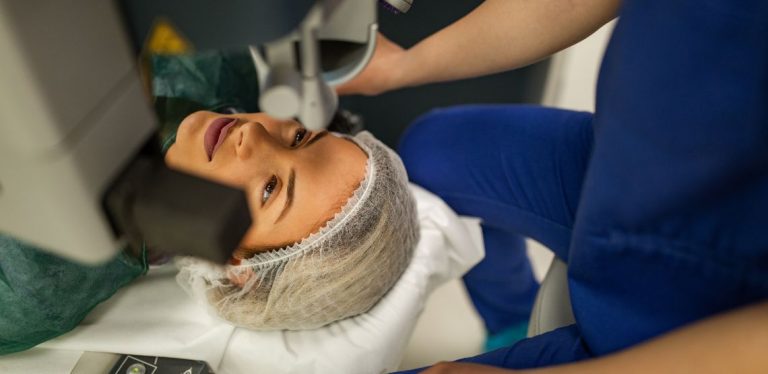9 Treatment Options for Diabetic Macular Edema
Diabetic macular edema (DME) is a condition where fluid leaks into the macula, causing swelling and vision problems. Treatments like Eylea, an anti-VEGF drug, can help treatment this diabetes complication. In this article we'll review some of the most common diabetic macular edema treatment options to ask your doctor about.
1. Eylea (Aflibercept)
Eylea is a leading treatment for DME that helps reduce swelling and improve vision. It works by blocking a protein called VEGF, which causes abnormal blood vessels in the retina to grow and leak fluid. Eylea is given as an injection into the eye, usually every four to eight weeks after an initial series of more frequent injections. Studies have shown that Eylea is very effective at stabilizing and improving vision, making it a popular choice for treating DME.
2. Lucentis (Ranibizumab)
Lucentis is another treatment that targets VEGF to prevent abnormal blood vessel growth and fluid leakage. It’s also delivered through injections into the eye, typically every month. Over time, some patients may need fewer injections depending on how well they respond to the treatment. Lucentis is known for improving vision and reducing swelling in the retina, offering an alternative for patients who may not use Eylea.
3. Iluvien (Fluocinolone Acetonide Implant)
Iluvien is another implant that provides long-term treatment for DME. It continuously releases a corticosteroid called fluocinolone acetonide for up to three years. This treatment is ideal for patients who need a long-term solution and haven’t responded well to other therapies. Like Ozurdex, it carries some risk of side effects, such as cataracts or elevated eye pressure, which need to be monitored.
4. Laser Photocoagulation Therapy
Laser therapy has been used for many years to treat DME. It works by using a focused laser to seal leaking blood vessels in the retina. While it’s not as commonly used now as newer treatments like Eylea, it can still help stabilize the condition and prevent further vision loss. Laser therapy is often used alongside other treatments for better results.
5. Ozurdex (Dexamethasone Implant)
Ozurdex is a tiny implant that releases a steroid called dexamethasone to reduce inflammation and swelling in the retina. The implant is biodegradable and delivers the medication over several months. This option is particularly helpful for patients whose DME is driven by inflammation. However, it may cause side effects like increased eye pressure or cataracts, so regular check-ups are essential.
6. Vitrectomy
Vitrectomy is a surgical option for more severe cases of DME. During the procedure, the gel inside the eye (called the vitreous) is removed and replaced with a clear solution. This relieves any pulling on the retina and reduces swelling. Vitrectomy is usually reserved for patients who have not responded to other treatments or have additional complications like bleeding inside the eye. It can significantly improve retinal health and vision in these cases.
7. Emerging Therapies
New treatments for DME are being developed, including gene therapies and advanced drug delivery systems. These experimental treatments aim to provide longer-lasting results and more convenience for patients. Some new medications focus on different pathways involved in DME, offering hope for those who don’t respond to existing options. Research is ongoing, and these advancements could change how DME is treated in the future.
8. Lifestyle and Systemic Management
Treating DME isn’t just about managing the symptoms in the eye. Controlling diabetes is essential to prevent the condition from getting worse. This includes maintaining healthy blood sugar, blood pressure and cholesterol levels through diet, exercise and medication. Good overall health can make treatments more effective and reduce the risk of complications.
